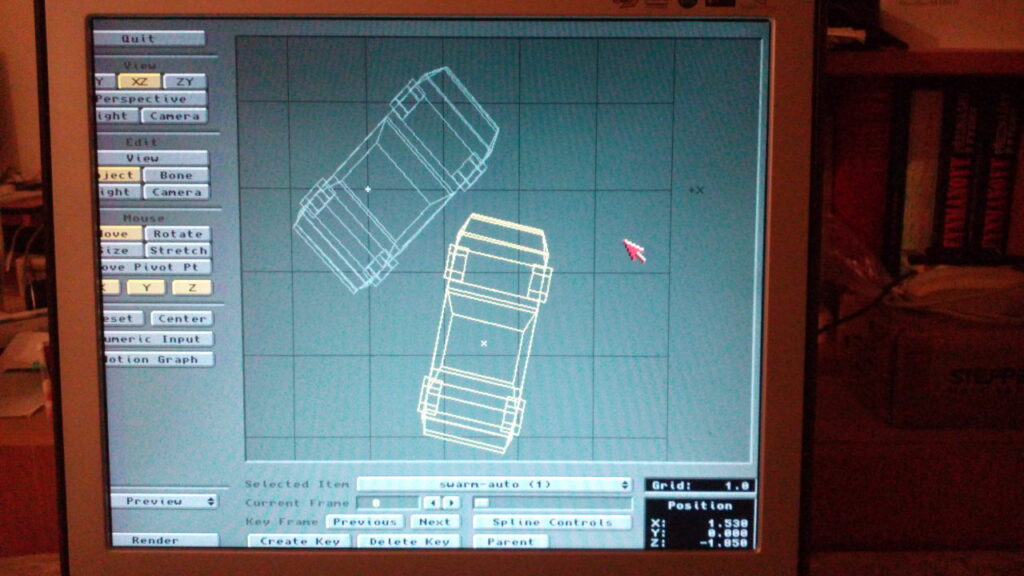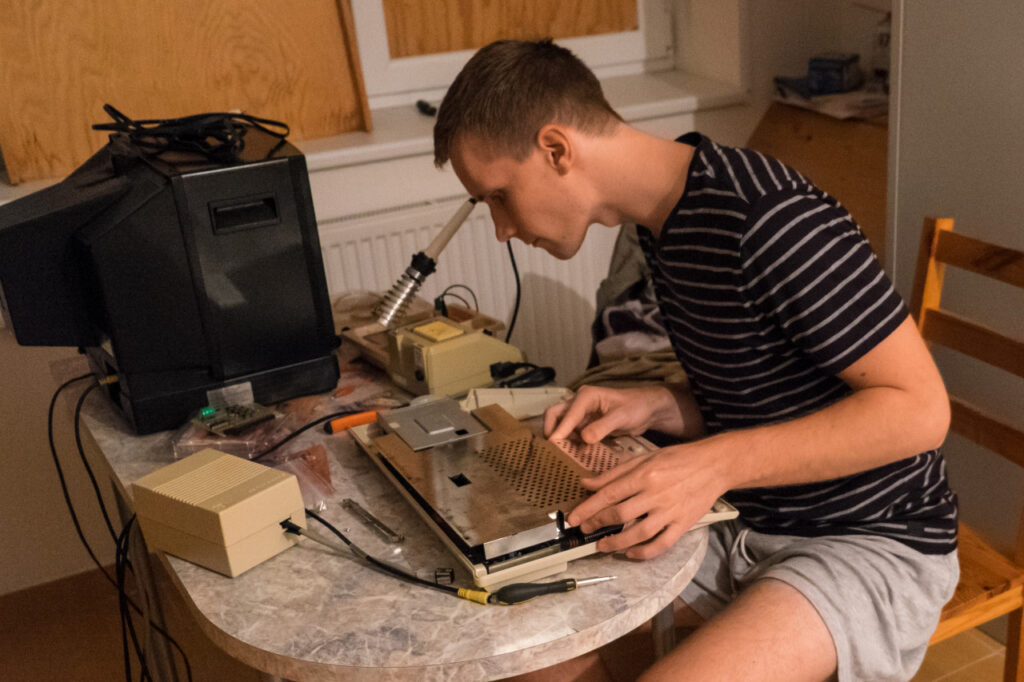Phase5 CyberVision 64/3D (1996)
CyberVision 64/3D is a graphics accelerator for Zorro II/III slots used in professional Amiga computers. It was introduced in 1996 and uses S3 ViRGE chipset which was for a very short time period something like a leader of the home 3D graphics market (ViRGE stands for Virtual Reality Graphics Engine).
S3 ViRGE (86C325) was designed for PCs with PCI bus so Phase5 developers had to add some programmable logic to convert signals from the Zorro bus used in Amiga. The card is autosensing and can work with Amiga 2000 (1987) where only 16bit slots are used. Full 32bit transfers are available when the card is inserted in newer Amiga computers (A3000, A4000).
The first problem was high price ($399) when compared to the PC world. You could buy a way more powerful 3Dfx Voodoo Graphics PCI accelerator board for $299 and there was plenty of decent 2D cards under $100 for standard PCs. In addition to price there was no support for OpenGL 3D acceleration in Amiga OS in mid-90s. The main reasons for buying this card were its fast 2D acceleration (in comparison with outdated Amiga on-board chipsets) and support for 1024×768 with 16 millions of colors on a standard VGA monitor.

















